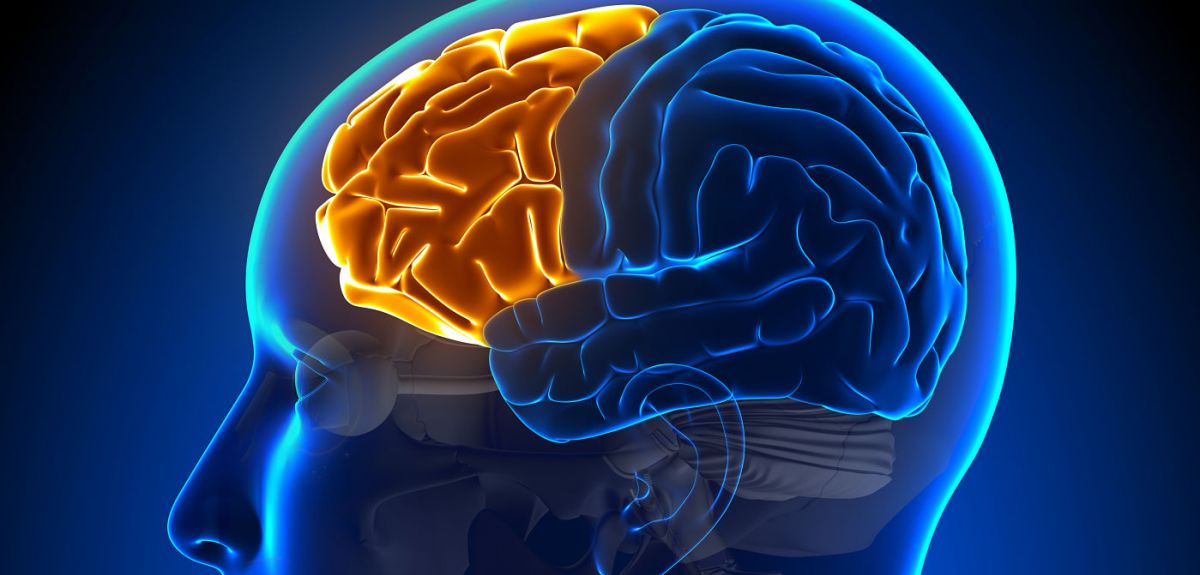
Image from Shutterstock/ decade3d - anatomy online
Workings of working memory revealed
Our understanding of how a key part of the human brain works may be wrong. That’s the conclusion of a team at Oxford University’s Centre for Human Brain Activity (OHBA), published in journal Trends in Cognitive Sciences.
Until now, it was thought that working memory – the way in which we deal with and respond to immediate demands – was underpinned by stable brain patterns. The OHBA team discovered that instead, the areas of the brain responsible for working memory are changing all the time.
Dr Mark Stokes, who led the research, explained: 'This raises an important question: How can we keep a stable thought in mind while brain activity is constantly changing?'
Previously it was believed that in order to carry out a task, there would be constant brain activity related to the goal of that task. In a review of fifty years of studies using monkeys, the OHBA team found that instead there were periods when there was no brain activity related to the goal. Yet, as soon as it was necessary, these ‘activity-silent’ periods ended and the brain activity could be observed again.
Dr Stokes said: 'Say you are looking for your coffee cup. Before, the assumption was that there was a constant piece of activity that related to that idea of 'coffee cup.' But as you start to walk around the house looking for it, your brain also has to process that task. If you can stop the 'coffee cup' activity while the brain works on navigating round the house, then start it again when you see the cup, that’s more efficient.
'This way of operating has benefits. The brain uses around 20% of the energy you’re burning each day, but it’s difficult to get that energy into the brain. Every bit of brain activity is using some of that, so if you can temporarily suspend some activity in your working memory the energy can be applied to an immediately relevant task.
'This may mean that working memory is closer to long-term memory in the way it functions. You may be able to remember your tenth birthday, but there is no constant pattern of brain activity that is your tenth birthday memory.
'What we don’t know is how the brain is retaining that information in a stable way in the activity-silent periods. There must be an underlying mechanism, but it is difficult to detect that mechanism because the equipment we use at the moment measures brain activity – it can’t see what isn’t active.
'The challenge for the future is developing new ways to measure the underlying activity-silent states that could be important for working memory.'
The team's work has been made possible not only by improvements in the technology for recording brain activity but also the OHBA's approach to the huge amounts of data from dozens of studies, which enables them to analyse the data faster and more effectively in order to improve our understanding of how the brain works.
Dr Stokes explained: 'The real advance is the analysis approach. Thinking about brain activity as a network of activity patterns, rather than behaviour of single neurons. We have developed particular analysis approaches that really fit this way of thinking.'
The team looked at studies of the pre-frontal cortex, an area of the brain that is crucial for working memory. Damage to this area of the brain can affect memory and our ability to perform tasks. Better understanding of how it works could eventually offer strategies for helping those with brain damage manage day-to-day life better. It could also provide information for the development of artificial intelligence.
 Expert Comment: Chatbot-driven sexual abuse? The Grok case is just the tip of the iceberg
Expert Comment: Chatbot-driven sexual abuse? The Grok case is just the tip of the iceberg
 New study finds that stopping weight-loss drugs is linked to faster regain than ending diet programmes
New study finds that stopping weight-loss drugs is linked to faster regain than ending diet programmes